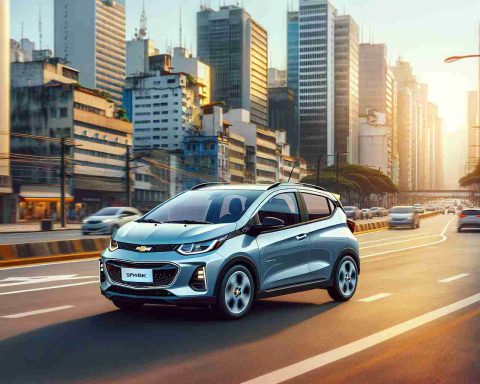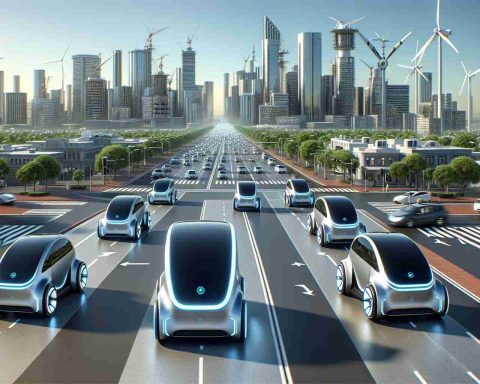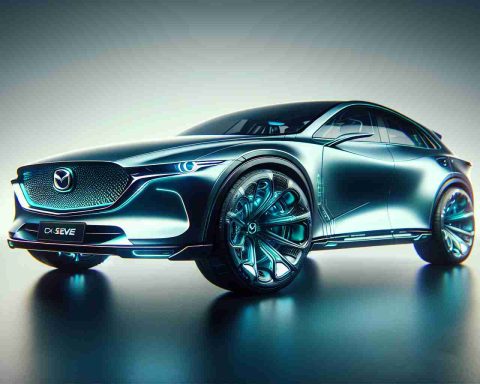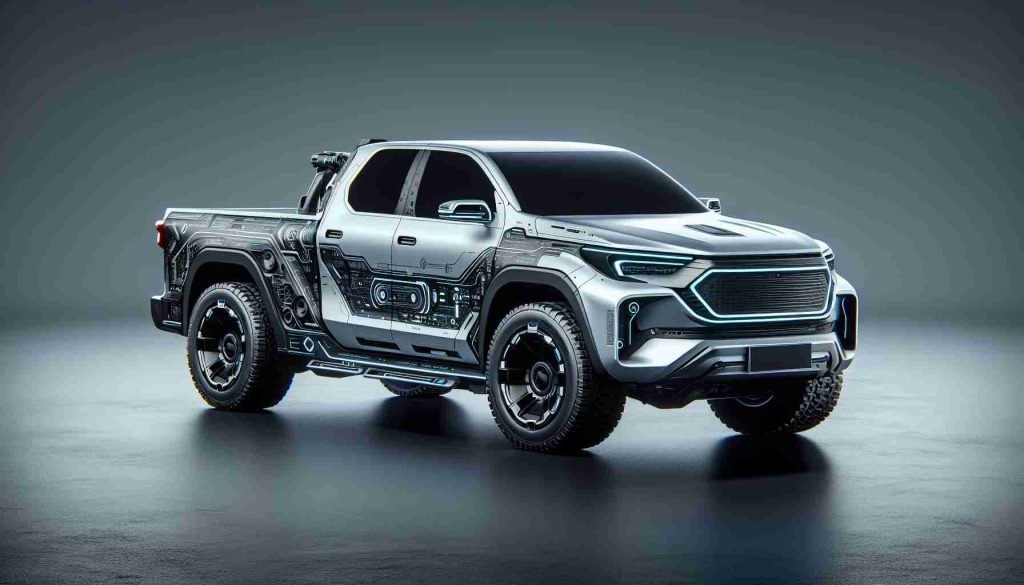- Ford’s projected adjusted pretax income for the year is likely to fall between $7 billion and $8.5 billion, a drop from $10.2 billion in the previous year.
- The company faces high warranty costs and ineffective cost-cutting measures, affecting its financial health.
- A recent $1 billion write-down highlights significant challenges in Ford’s electric vehicle (EV) strategy.
- The Model e division reported a loss of $5.08 billion in 2024, with expectations of continued losses this year.
- All divisions, including Ford Pro and Ford Blue, are expected to experience profit downgrades.
- Despite exceeding fourth-quarter expectations, a 5.1% drop in shares indicates declining investor confidence.
- Ford’s success in the EV market remains uncertain and will rely on strategic pivots moving forward.
Ford Motor Co. is bracing itself for a turbulent year, with projected adjusted pretax income expected to tumble between $7 billion and $8.5 billion, down sharply from $10.2 billion last year. The automaker is grappling with high warranty costs and a lag in effective cost-cutting measures, which are tightening the financial noose around its operations.
In a striking acknowledgment of its struggles, Ford recently announced a $1 billion write-down after abandoning plans for a coveted three-row electric SUV, a decisive blow that underscores the challenges plaguing its EV strategy. In 2024, Ford’s Model e division suffered a staggering loss of $5.08 billion, with revenues slipping 35% to $3.9 billion. This year is looking similarly grim, with anticipated losses of $5 billion to $5.5 billion.
Furthermore, the Ford Pro and Ford Blue divisions, responsible for commercial and hybrid vehicles, are also expected to see profit downgrades. Despite some positive fourth-quarter results that exceeded Wall Street’s expectations, a 5.1% drop in shares reflects wavering investor confidence in Ford’s future.
As Ford navigates this pivotal moment laden with obstacles and opportunities, its EV ambitions hang in the balance. The road ahead may be rocky, but how the company pivots could determine its success in the rapidly evolving automotive landscape.
Key takeaway: Ford stands at a crucial crossroads, needing to address significant losses in its electric vehicle segment while striving to maintain profitability across its other divisions. The race to innovate in the electric era is on—will Ford rise to the challenge?
Ford’s Electric Future: Will They Overcome the Odds?
Ford Motor Co.: A Company at a Crossroads
Ford Motor Co. is facing a pivotal moment as it grapples with high costs, diminishing revenues, and significant losses, particularly within its electric vehicle (EV) sector. Adjusted pretax income projections for the upcoming year are anticipated to fall between $7 billion and $8.5 billion, a sharp decrease from last year’s $10.2 billion. This decline is attributed to rising warranty costs and slow implementation of cost-cutting measures, creating additional financial strain.
Recently, Ford suffered a significant setback, announcing a $1 billion write-down related to its halted plans for a three-row electric SUV. This decision highlights the mounting challenges in its EV strategy and overall operations. In 2024, Ford’s Model e division reported a staggering $5.08 billion loss and a 35% decrease in revenue to $3.9 billion. For the coming year, losses are projected between $5 billion to $5.5 billion, leaving the company’s future in a precarious state.
Moreover, profitability within Ford Pro and Ford Blue, divisions designated for commercial and hybrid vehicles, is expected to decline, further indicating the struggles faced by the automaker. Despite a positive fourth-quarter performance that surpassed Wall Street expectations, Ford’s shares experienced a 5.1% drop, reflecting investor concerns about the company’s trajectory.
Key Features and Limitations of Ford’s Current Strategy:
– High Warranty Costs: Rising costs associated with vehicle warranties are straining resources.
– Lag in Cost-Cutting: The company has struggled to effectively implement measures that address these financial challenges.
– Electric Vehicle Ambitions in Jeopardy: The halt of the three-row electric SUV signifies a potential retreat from aggressive EV strategies.
– Profit Downgrades Across Divisions: Reflective of broader challenges, profitability outlooks are negative across multiple segments.
FAQs About Ford’s Future and Electric Vehicle Strategy
Q1: What are the prospects for Ford in the electric vehicle market?
A1: Ford’s EV market prospects remain uncertain post the major setbacks like the cancellation of the three-row electric SUV. While they aim to innovate within the electric sector, substantial losses and consumer interest trends will greatly influence their success.
Q2: How is Ford planning to improve its financial performance?
A2: Ford is under pressure to enhance its cost management strategies, address warranty costs, and refocus on profitable ventures. This might include streamlining operations and potentially recalibrating their EV initiatives to align better with consumer demand.
Q3: What are the broader market trends affecting Ford?
A3: The automotive industry is shifting increasingly towards electric vehicles, with competitors rapidly advancing their EV lines. Consumer preferences are shifting towards sustainability, forcing manufacturers like Ford to innovate or risk obsolescence.
Insights and Trends in Automotive Industry:
– Sustainability Focus: Companies are aiming for more eco-friendly production methods, aligning with global sustainability goals.
– Market Dynamics Shift: As competition in the EV market intensifies, consumer expectations and loyalty will drive manufacturers to innovate faster.
– Technological Innovations: Advancements in battery technology and autonomous driving perspectives are likely to be vital for future success.
For further insights into Ford’s operations and market strategies, visit Ford.















